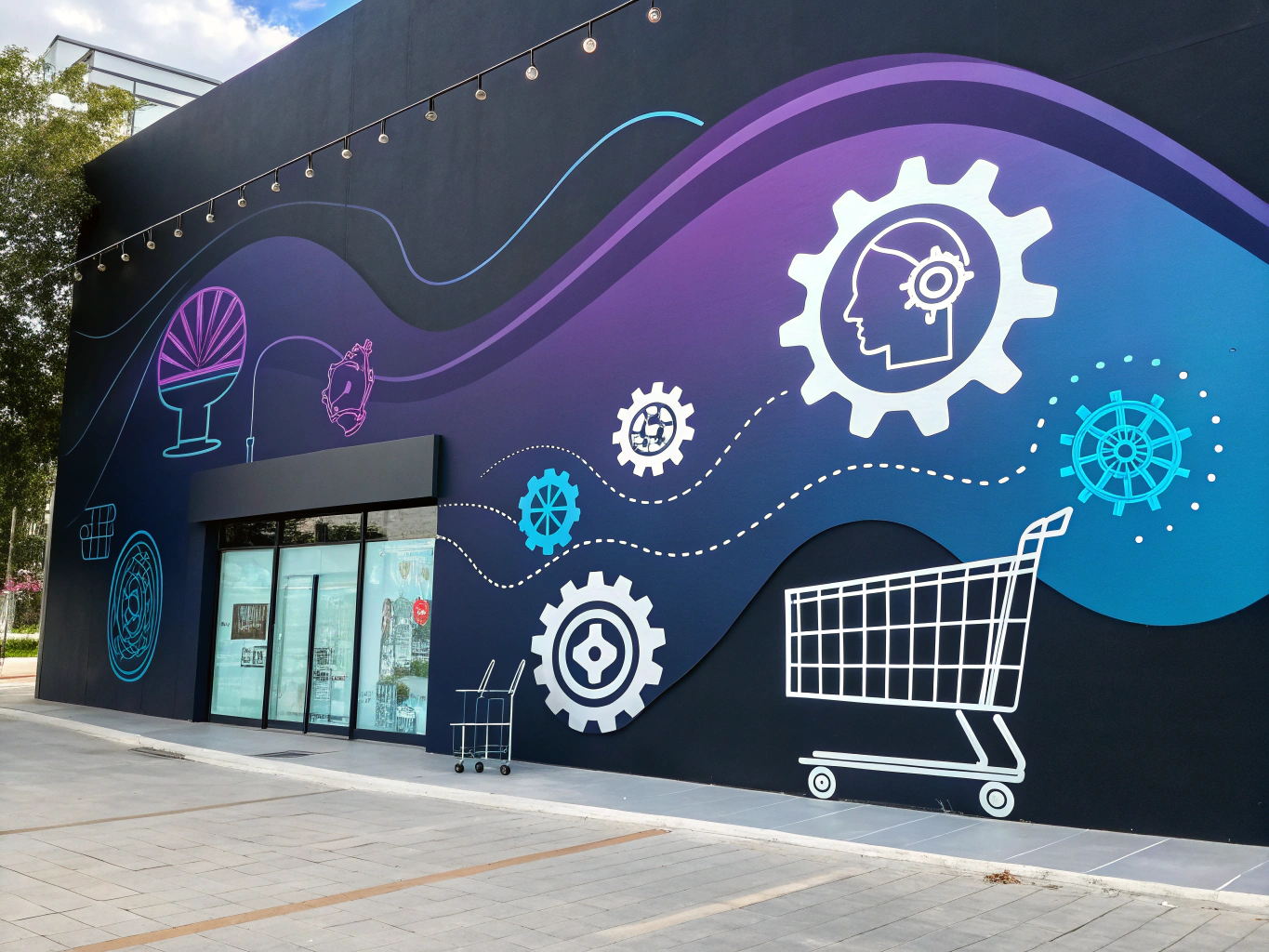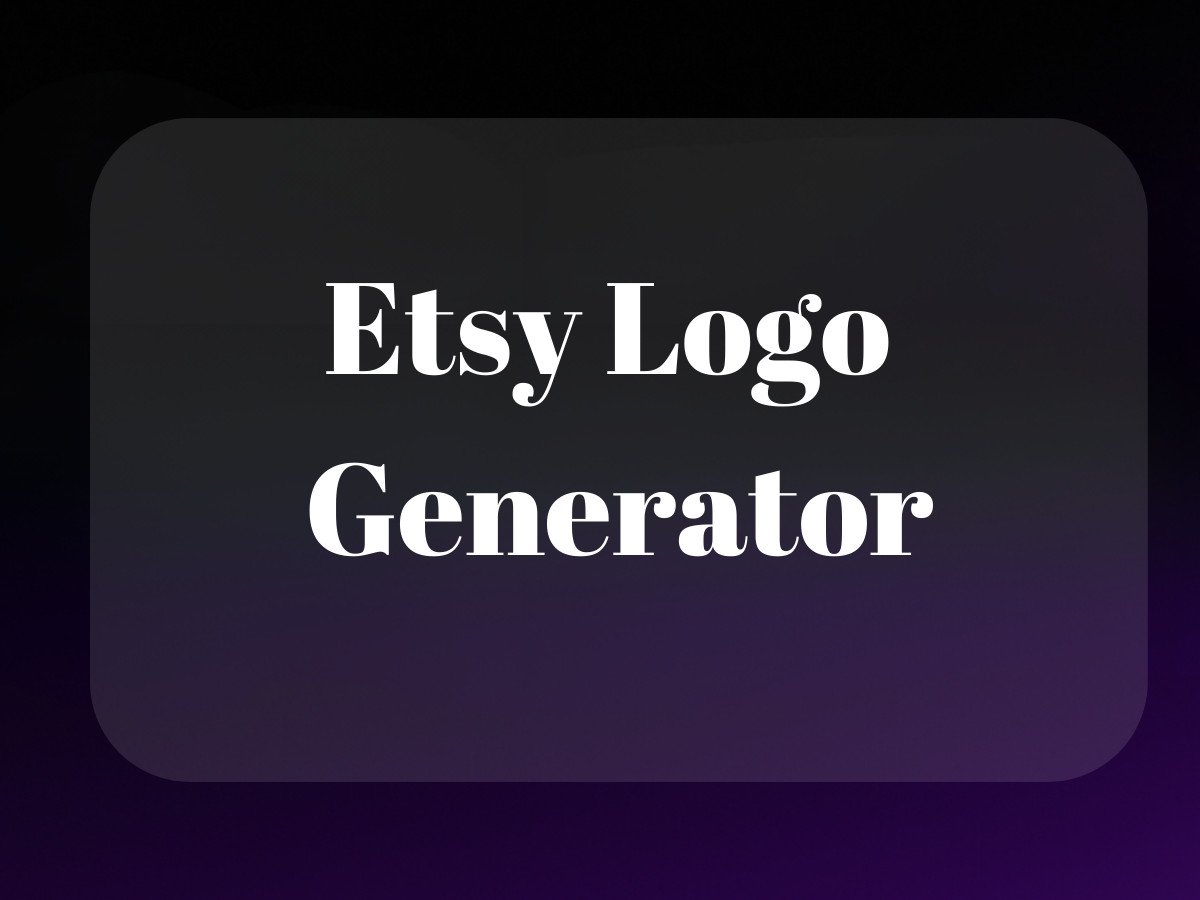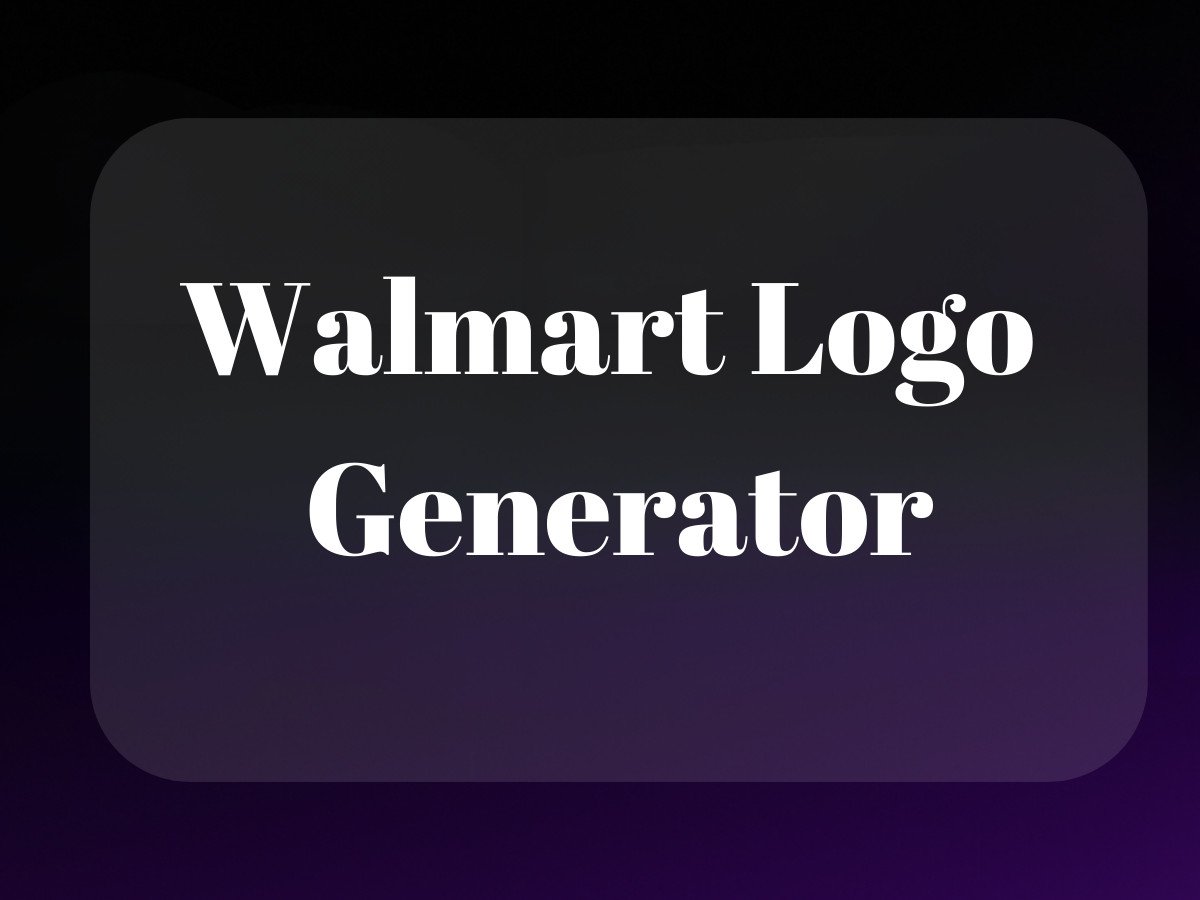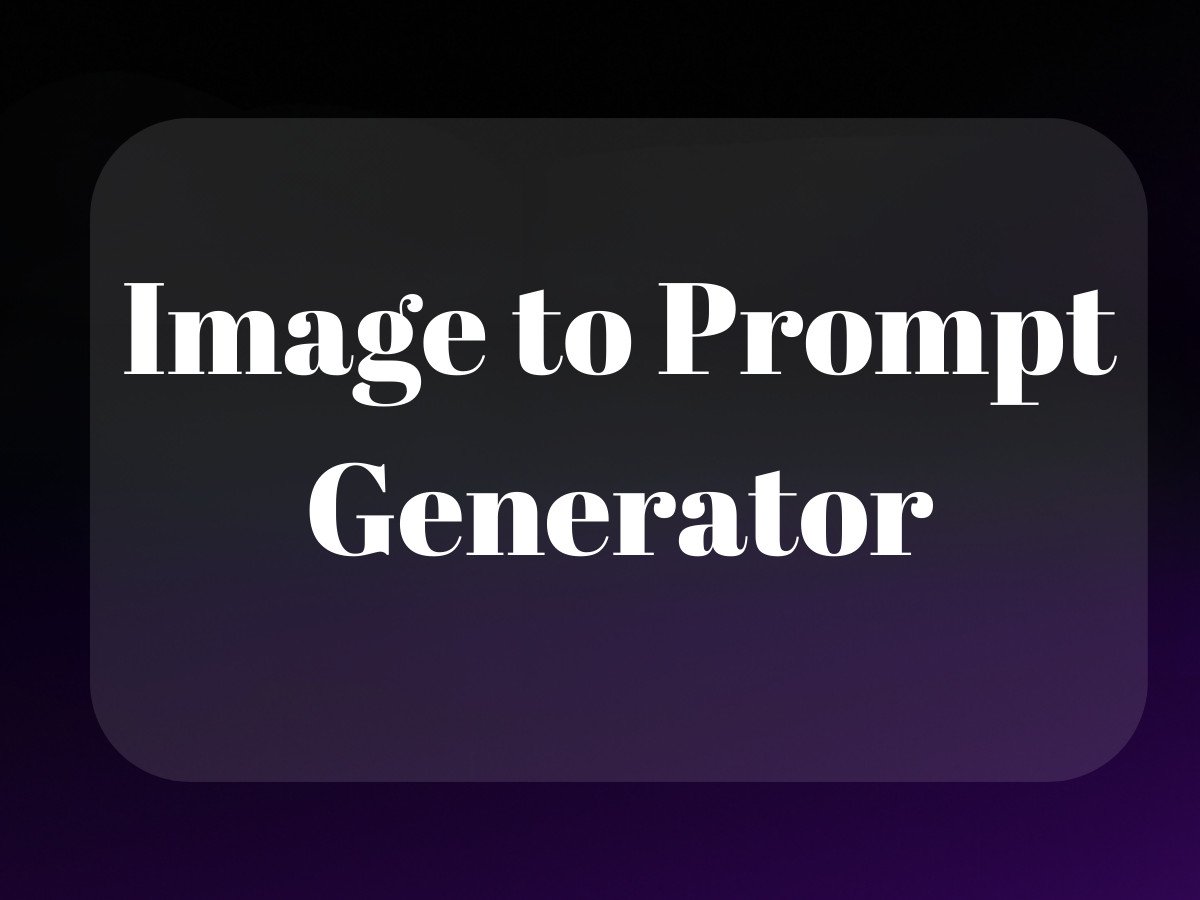Remember when having a website was optional? Yeah, those days are long gone. Now we’re seeing the same shift happen with Amazon storefronts – they’re becoming less of a “nice to have” and more of a “why don’t you have one yet?” situation. Whether you’re an established brand or a content creator looking to monetize your influence, your Amazon storefront is quickly becoming your digital storefront to the world’s largest marketplace. Learn more about how to build an Amazon storefront.

I’ve spent years helping brands and creators navigate the complex world of ecommerce, and I’ll tell you this: the difference between a basic Amazon listing and a well-crafted storefront is like the difference between a pop-up shop and a flagship store. Your Amazon storefront isn’t just a page – it’s your brand’s digital real estate on the world’s most valuable commercial property.
Understanding Your Amazon Storefront Options

Here’s where things get interesting (and a bit confusing if you’re new to this). Amazon offers two main paths to storefront glory: the traditional Seller Central route and the newer Influencer Program. Think of Seller Central as your classic retail setup – perfect for brands and businesses selling their own products. The Influencer Program, on the other hand, is like having your own curated boutique where you can showcase products you love and earn commissions.
The Power of Amazon Affiliate Marketing
Let’s talk numbers for a second. With over 300 million active Amazon customers worldwide, becoming an Amazon affiliate isn’t just about earning a few extra bucks – it’s about tapping into a massive ecosystem of ready-to-buy shoppers. I’ve seen creators transform their casual product recommendations into serious revenue streams just by strategically using Amazon affiliate links through their storefront.
Creating Your Amazon Storefront: The Basics
Now, how to create an amazon storefront without pulling your hair out? First, let’s address the elephant in the room – yes, the setup process can feel overwhelming. But break it down into manageable chunks, and suddenly it’s not so scary. Think of it like building with LEGO blocks – start with the foundation (your account setup) and add pieces one at a time.
Step-by-Step Guide to Setting Up Your Amazon Storefront
Setting up an Amazon storefront might seem daunting at first, but breaking it down into manageable steps makes it much easier. If you’re wondering how to set up an Amazon storefront, follow these structured steps to create a professional storefront that represents your brand effectively.
1. Sign Up for an Amazon Seller Account
Before creating your storefront, you must have an Amazon Seller Account. There are two options:
- Individual Plan: Ideal for small sellers; no monthly fees but a per-item selling fee.
- Professional Plan: Recommended for serious sellers; includes a monthly fee but lower transaction costs.
2. Enroll in Brand Registry
To unlock full storefront customization and brand protection, register your brand with Amazon’s Brand Registry.
- Requires an active or pending trademark.
- Helps protect against counterfeit listings.
- Provides access to A+ Content and other branding tools.
3. Create Your Amazon Storefront
- Log into Amazon Seller Central and navigate to the “Stores” tab.
- Select your registered brand and open Amazon’s Store Builder.
4. Design Your Homepage
- Choose from pre-designed templates that fit your brand’s identity.
- Add banners, videos, and featured products to enhance appeal.
5. Add Pages and Products
- Organize products into categories and subcategories.
- Use high-quality images and descriptions to boost conversions.
6. Customize and Submit for Approval
- Ensure branding consistency by using cohesive colors and fonts.
- Preview your storefront and submit it for Amazon’s review.
Navigating the Amazon Influencer Landscape
The question I get asked most often is “how to become an influencer on Amazon?” Let me be straight with you – it’s not about follower count alone. The Amazon Influencer Program requirements are more nuanced than most people think. While they don’t publicly share exact numbers, success on platforms like Instagram, YouTube, or TikTok definitely helps. But engagement and authenticity matter more than raw numbers.
Finding Your Way Around
One of the most common frustrations I hear is “how to find my amazon storefront” or “how to access my amazon storefront.” It’s like trying to find your car in a massive parking lot – you know it’s there, but where? The quickest way is through your Creator Hub dashboard, but you can also use the direct URL format: amazon.com/shop/yourstorefront name. And if you’re wondering how to find someone’s Amazon storefront, just add their storefront name to that same URL structure.
Setting Up for Success
When it comes to how to set up amazon storefront properly, think of it as designing your dream store. You wouldn’t just throw products on shelves randomly in a physical store, right? The same applies here. Your storefront needs thoughtful organization, compelling visuals, and a clear brand story. Consider leveraging Vine customer reviews to build trust and credibility for your products, as these verified reviews can significantly boost your storefront’s appeal.
The good news? Amazon provides tools to make this easier than you might think, such as search engine marketing.
The key to standing out isn’t just about having a storefront – it’s about creating an experience that makes your visitors think “Wow, this person/brand really gets me.” And that’s exactly what we’re going to dive into as we explore the nitty-gritty of storefront optimization and growth strategies.
Designing Your Amazon Storefront: Where First Impressions Meet Conversion

Let’s be real – your Amazon storefront isn’t just another digital shelf. It’s your virtual storefront window on the world’s biggest marketplace, and like any prime real estate, location isn’t enough. You need to make it pop.
I’ve seen countless Amazon storefronts that look like they were designed by someone who just discovered the internet in 1999. Dark, cluttered, with product images that could’ve been shot on a flip phone. Your Amazon storefront deserves better than that.
Visual Branding That Actually Converts
Think of your storefront design like a first date – you want to make a great first impression, but you also need to be authentic. Start with your banner image. This isn’t just decoration; it’s prime real estate for communicating your brand’s personality. I’ve found that storefronts with cohesive visual branding see up to 32% higher engagement rates.
Your logo needs to be crystal clear at multiple sizes (remember, most of your visitors are on mobile). And please, for the love of all things digital, don’t use Comic Sans. Ever. Unless you’re selling actual comics. Even then, think twice.
Layout Strategy: The Science Behind the Shopping Experience
Here’s where being an Amazon influencer gets interesting. The way you organize your products isn’t just about categories – it’s about creating a journey. Think of your layout as a story, with each section leading naturally to the next.
Remember those heat map studies showing how people scan web pages in an F-pattern? That’s your blueprint. Put your best-selling items and newest collections where eyes naturally land. And for heaven’s sake, test your storefront on mobile. That’s where 67% of your traffic is coming from.
Advanced Features That Make Your Amazon Storefront Stand Out
Want to know how to create an Amazon storefront that actually converts? It’s not about using every feature Amazon throws at you – it’s about using the right ones strategically.
Product Showcase Tools That Actually Work
Custom product tiles aren’t just pretty squares – they’re your silent salespeople. Use them to tell a story. Group related products into collections that make sense. If you’re exploring Merch on Demand Amazon, integrate your custom designs into your storefront to create a unique shopping experience that aligns with your brand identity.
And speaking of amazon affiliate marketing – those affiliate links need homes that convert. Create themed collections that align with your content calendar. Running a summer beauty series on TikTok? Your storefront should reflect that.
Rich Media Integration: More Than Just Pretty Pictures
Video content is no longer optional. But here’s the thing – you don’t need Hollywood production values. What you need is authenticity. Show your products in action. Real people, real uses, real results. I’ve seen conversion rates jump 40% just by adding authentic video content.
For those asking how to become an Amazon affiliate who stands out – this is your answer. Use every media type available to you, but make it count. A bad video is worse than no video at all.
The Amazon Influencer Program: More Than Just Another Revenue Stream
 amazon influencer storefront link“/>
amazon influencer storefront link“/>The Amazon Influencer Program requirements might seem daunting at first. But think of them less as barriers and more as quality filters. You need a meaningful social media presence, sure. But “meaningful” doesn’t always mean massive.
What Actually Matters in the Program
I’ve seen influencers with 10,000 highly engaged followers outperform those with 100,000 passive ones. Why? Because engagement beats vanity metrics every time. Focus on building a community that trusts your recommendations, and the sales will follow.
And here’s something most guides won’t tell you: your Amazon storefront influencer success isn’t just about follower count. It’s about alignment. Make sure your niche matches your product selections. Authenticity isn’t just a buzzword – it’s your business model.
Monetization That Makes Sense
Let’s talk about those Amazon affiliate links. They’re not just random product recommendations – they’re trust bridges between you and your audience. Every product you feature should solve a problem or fulfill a desire for your specific community. For example, featuring affordable yet high-quality options like the Great Value brand can appeal to budget-conscious shoppers while maintaining trust in your recommendations.
The key to sustainable income isn’t just about how to start an Amazon storefront – it’s about how to maintain one that grows with your audience. Track what works, double down on winners, and don’t be afraid to pivot when something isn’t performing.
Marketing Your Amazon Storefront Like a Pro
Here’s the thing about Amazon storefronts – they’re like that fancy restaurant in a hidden alley. Amazing food, great ambiance, but if nobody knows where to find it, what’s the point? Your Amazon storefront needs strategic promotion to stand out in Amazon’s vast digital marketplace.
External Promotion Strategies That Actually Work
Let’s be real – social media isn’t just about posting pretty pictures anymore. It’s about creating a cohesive narrative that leads your followers straight to your amazon storefront. I’ve seen countless influencers struggle with this, treating their storefront links like an afterthought in their bio.
Think of your social channels as tributaries flowing into the main river – your Amazon storefront. Each platform should have its own personality while maintaining brand consistency. Instagram for visual storytelling, TikTok for behind-the-scenes content, and Twitter/X for quick updates and engagement.
The Amazon Influencer Program: More Than Just Another Revenue Stream
The Amazon Influencer Program requirements might seem daunting at first, but they’re designed to ensure quality over quantity. It’s not just about follower count (though that matters) – it’s about engagement, authenticity, and your ability to create meaningful content that drives conversions.
To become an Amazon affiliate or learn how to become an influencer, focus on building a genuine connection with your audience first. The best amazon affiliate links are those that feel natural, not forced. Think of it as recommending products to friends rather than selling to customers.
Technical Optimization: The Unsexy But Critical Stuff
Let’s talk about something that makes most creators’ eyes glaze over – technical optimization. But stick with me here, because this is where the magic happens. Your Amazon storefront influencer success largely depends on these behind-the-scenes elements.
Mobile Optimization: Because Nobody Shops on Desktop Anymore
If you’re wondering how to find an Amazon storefront or how to find amazon storefront links easily, imagine how your customers feel. Mobile optimization isn’t just about making things look pretty on phones – it’s about creating an intuitive shopping experience that feels natural on any device.
Analytics: Your Secret Weapon
Remember when I said AI is like an intern? Well, Amazon’s analytics are like having a whole team of interns working 24/7 to understand your customers. Pay attention to what they’re telling you about traffic patterns, conversion rates, and customer behavior.
The Bottom Line
Whether you’re trying to figure out how to find my Amazon storefront, how to get my amazon storefront link, or how to access my amazon storefront, remember this: success isn’t just about following a checklist. It’s about creating an experience that resonates with your audience while staying true to your brand.
The most successful amazon storefronts aren’t just digital shelves – they’re destinations. They tell stories, solve problems, and create connections. And in a world where AI and automation are becoming increasingly prevalent, that human touch becomes even more valuable.
So yes, master the technical aspects. Learn how to find my Amazon influencer storefront link. Optimize for mobile. But never lose sight of why you started this journey in the first place – to create something meaningful for your audience.
Your storefront isn’t just another page on Amazon – it’s your digital storefront to the world. Make it count.
Related Articles:
- How to Build an Amazon Storefront: A Beginner’s Guide
- Become an Amazon Influencer in 2024: Beginner’s Guide
- Amazon Creator University: A Complete Guide for Sellers
Frequently Asked Questions
What are the Amazon influencer program requirements?
To join the Amazon Influencer Program, you need to have a YouTube, Instagram, Twitter, or Facebook account with a significant following. Amazon evaluates your number of followers, engagement metrics, and content quality to determine eligibility. Once accepted, you can create a personalized storefront to recommend products.
How to find my Amazon influencer storefront link?
To find your Amazon Influencer storefront link, first log into your Amazon Influencer account. Navigate to the ‘Storefront’ or ‘Dashboard’ section, where you’ll see the option to view or share your storefront link. This link can be easily copied and shared across your social media platforms to promote your recommended products.
How to find my Amazon storefront?
To locate your Amazon storefront, log into your Amazon account and go to the ‘Your Account’ section. From there, navigate to ‘Your Storefront’ to view and manage your storefront. This section provides all the tools you need to customize and update your shop.
How to get my Amazon storefront link?
After logging into your Amazon account, go to the ‘Your Storefront’ page. Here, you will find the option to view or copy your storefront link, which you can use to share your curated collections with potential customers. Make sure to promote this link on your social media channels for maximum visibility.
How to access my Amazon storefront?
To access your Amazon storefront, sign in to your Amazon account and select ‘Your Storefront’ from the account menu. This will take you to your storefront dashboard, where you can manage your product recommendations and view analytics. Your storefront is easily customizable to reflect your personal brand and style.
About the Author
Vijay Jacob is the founder and chief contributing writer for ProductScope AI focused on storytelling in AI and tech. You can follow him on X and LinkedIn, and ProductScope AI on X and on LinkedIn.
We’re also building a powerful AI Studio for Brands & Creators to sell smarter and faster with AI. With PS Studio you can generate AI Images, AI Videos, Chat and Automate repeat writing with AI Agents that can produce content in your voice and tone all in one place. If you sell on Amazon you can even optimize your Amazon Product Listings or get unique customer insights with PS Optimize.
🎁 Limited time Bonus: I put together an exclusive welcome gift called the “Formula,” which includes all of my free checklists (from SEO to Image Design to content creation at scale), including the top AI agents, and ways to scale your brand & content strategy today. Sign up free to get 200 PS Studio credits on us, and as a bonus, you will receive the “formula” via email as a thank you for your time.




